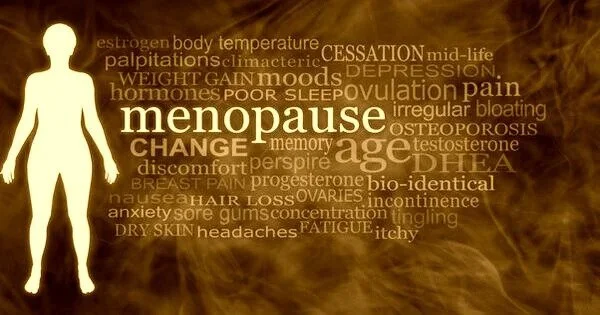You may believe that losing weight after menopause is impossible. You may also believe that gaining weight in middle life is unavoidable. However, research suggests that you can adjust your weight at any age. It’s also a necessary step if you’re overweight and wish to enhance your health. Researchers aren’t sure why some women acquire weight in their forties. However, studies have provided some insight on elements that may have an impact.
Following menopause, estrogen insufficiency is hypothesized to decrease women’s ability to use fat as an energy source. According to a study conducted at the University of Jyväskylä’s Faculty of Sport and Health Sciences, menopausal status or blood estrogen levels do not clearly impact the rate at which middle-aged women can utilize fat at rest or during activity. Higher fat consumption did not correlate with improved glucose tolerance.
Estrogen is thought to be a fat-burning hormone. Estrogen levels fall after menopause. The ensuing estrogen deficit is thought to limit women’s capacity to utilize fat as an energy source, potentially leading to weight gain and metabolic health problems. Hormone replacement therapy can help restore estrogen levels (HRT). According to a study conducted at the University of Jyväskylä, the influence of menopause on fat utilization is likely small when compared to dietary status or fitness levels.
If you want to boost your ability to burn fat during exercise, focus on endurance training. In this scenario, you do not need to be concerned about menopause. Previous research has demonstrated that training boosts the ability to burn fat while exercising, even after menopause.
Jari Karppinen
The greatest determinant of the rate of fat consumption at rest following an overnight fast was energy balance. Women with decreased energy intake compared to energy expenditure utilized fat at a greater rate. Higher fat utilization was also characterized by higher blood fatty acid and ketone levels. However, fat utilization of postmenopausal women did not differ from women who had not yet reached menopause or were using HRT.
“This was an expected result. Women burn fat also after menopause if their energy intake is less than their expenditure,” says Doctoral Researcher Jari Karppinen.
During a bicycle test, the peak fat utilization rate was measured. Women with the highest levels of fitness and physical activity achieved the highest rates. Again, postmenopausal women were not different from women who had not reached menopause or who had not used HRT.

“If you want to boost your ability to burn fat during exercise, focus on endurance training,” Karppinen advises. “In this scenario, you do not need to be concerned about menopause. Previous research has demonstrated that training boosts the ability to burn fat while exercising, even after menopause.”
A higher fat utilization rate does not directly indicate health or weight loss
The researchers also investigated whether higher fat utilization predicted better glucose tolerance. The results were quite unexpected. Blood glucose and insulin levels rose greater during a subsequent glucose tolerance test among women who used fat at a higher rate while resting. Peak fat consumption during exercise did not correlate with improved glucose tolerance.
“Basic physiology can explain this finding,” Karppinen explains. “When you use more fat as an energy source at rest, ingesting carbohydrates may cause your blood glucose levels to rise even higher. The body is temporarily programmed to burn more fat.”
The ketogenic diet is the most popular diet right now. Its weight reduction effectiveness is sold with the idea that when a person adheres to the diet, the body begins to burn more fat from internal sources.
“This is a frequent misconception,” Karppinen says. “A high-fat diet does definitely increase the quantity of fat utilised in energy production. However, this is related to increased fat consumption and does not imply that you will suddenly begin to lose body fat. Weight loss occurs when energy intake is less than energy expenditure, regardless of diet macronutrient distribution.”





